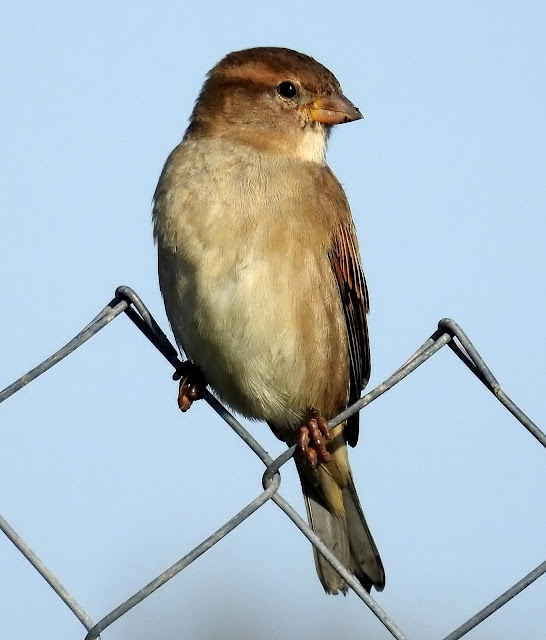The Grey Heron (Ardea cinerea) is a statuesque wading bird belonging to the family Ardeidae. It is a familiar sight in both rural and urban settings, often seen standing stoically along the water's edge. An adult Grey Heron is a large bird, reaching up to 100 cm in height, with a wingspan between 155 to 195 cm. It weighs between 1 to 2 kg. The plumage is predominantly ashy-grey above, with a greyish-white underbelly and some black on the flanks. A striking feature is the white head and neck adorned with a broad black stripe that extends from the eye to the black crest. The beak is pinkish-yellow, long, and sharply pointed, while the legs are a brown hue.
When identifying the Grey Heron, look for the white head with the black supercilium and crest, the long grey neck, and the ashy-grey wings and back. The underparts are lighter, and the legs are long and brown. Juveniles can be distinguished by their duller grey neck and smaller crest. The beak is a useful indicator of age, being brighter in breeding adults.
Grey Herons are highly adaptable and can be found in a variety of watery habitats including lakes, rivers, ponds, marshes, and coastal environments. They require shallow waters for foraging or areas with shelving margins where they can wade.
Native to temperate Europe and Asia, as well as parts of Africa, the Grey Heron has a broad range. Northern populations may migrate southwards in autumn, while others remain resident year-round. Vagrant sightings have occurred in the Caribbean, Bermuda, and parts of North America.
The Grey Heron exhibits a slow, deliberate flight with its neck retracted in an S-shape. It is known for its solitary foraging habits, often standing motionless or stalking prey through shallow waters. It is also a communal rooster, often found in trees or cliffs at night.









%2020.jpg)
%2021.jpg)



















%20(Passer%20domesticus)%2020.jpg)











%2020.jpg)


